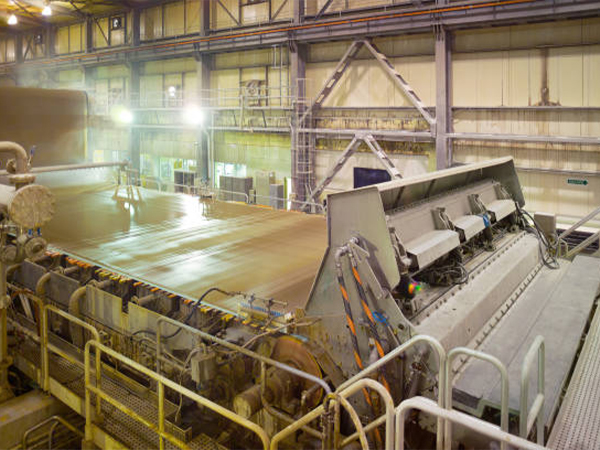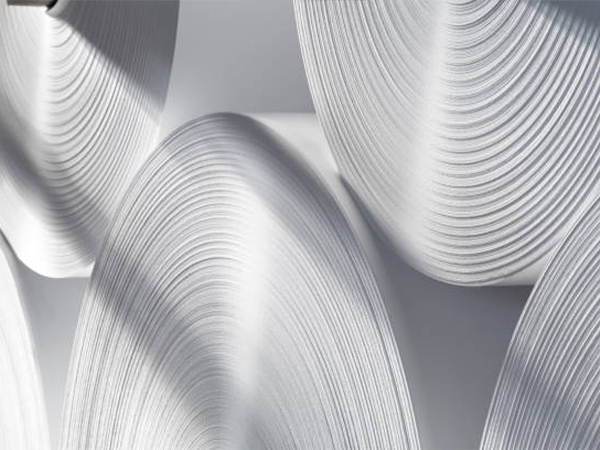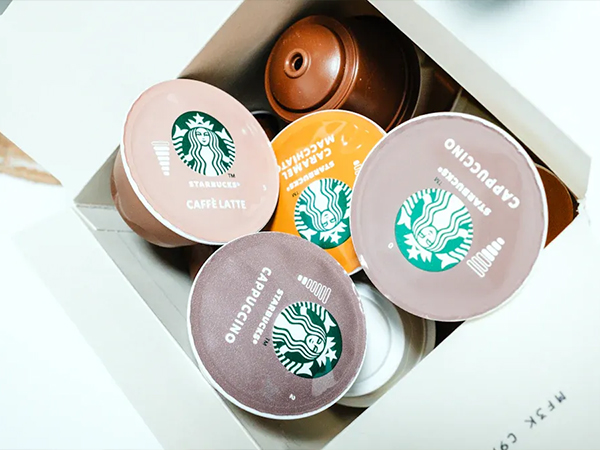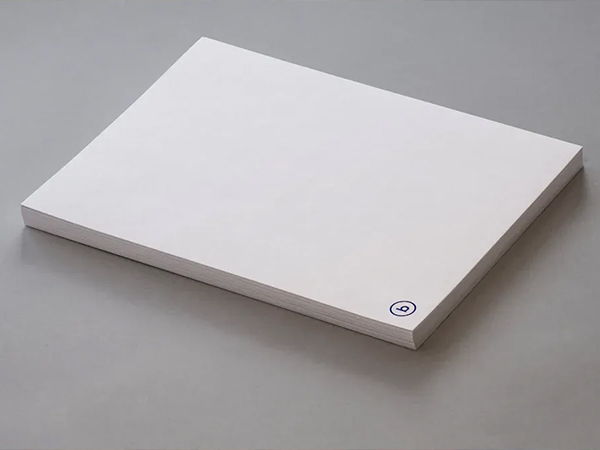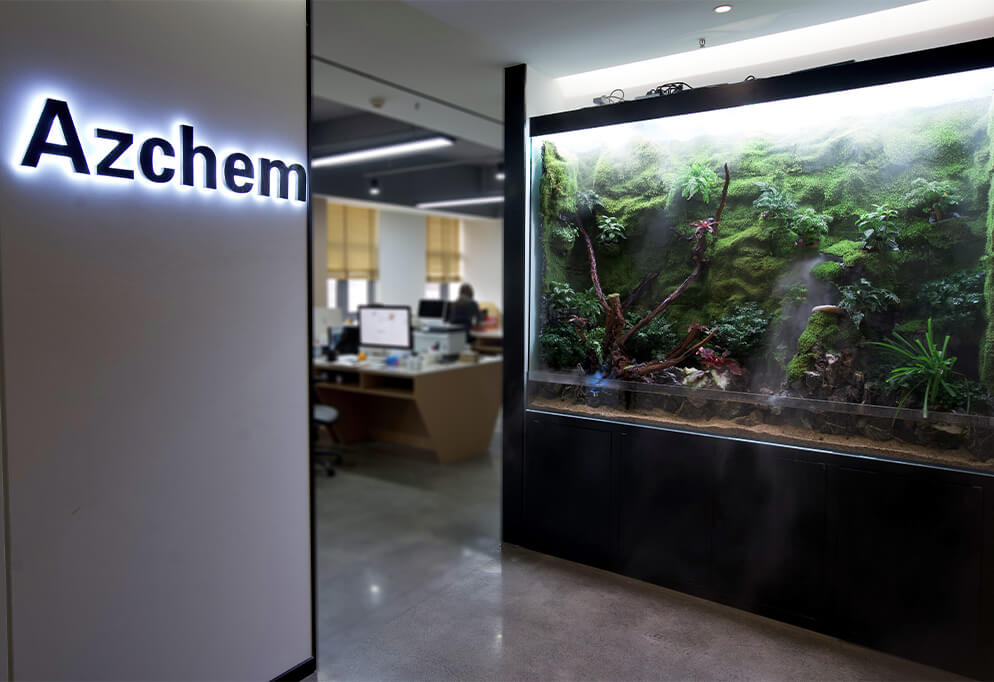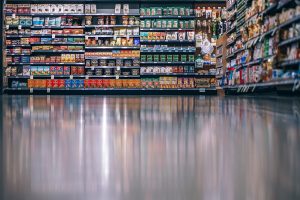
Wet Strength Resins help you achieve higher durability for your liquid packaging board. You experience less fiber loss and maintain integrity even in wet environments. Manufacturers report several cost-saving benefits:
- You use 8 kilowatt-hours less energy per ton during repulping.
- Your mill recovers up to 15,000 tons of high-quality fiber every year.
- You cut transportation costs by reducing the need for shipments, saving 1 out of every 7.
- You lower water usage for repulping by 700 liters per ton.
You gain superior performance and efficiency with every production run.
Key Takeaways
- Wet Strength Resins enhance the durability of liquid packaging board, reducing fiber loss and maintaining integrity in wet conditions.
- Using Wet Strength Resins can save energy, lower water usage, and cut transportation costs, leading to significant cost savings for manufacturers.
- These resins improve water resistance, increasing the tensile strength of packaging by up to 13 times, which helps prevent leaks and product damage.
- Choosing the right Wet Strength Resin is crucial for specific applications, ensuring packaging remains strong and effective under moisture exposure.
- Adopting Wet Strength Resins supports sustainability goals by allowing for easier recycling and reducing environmental impact.
Introduction: Why Liquid Packaging Needs Extra Strength
Rising demand for liquid packaging papers
You see a dramatic increase in the global demand for liquid packaging papers. The market continues to expand as consumers and industries seek sustainable solutions. Urbanization and changing lifestyles drive the need for hygienic and convenient packaging. Innovations in materials and design push the market forward, making eco-friendly options more attractive.
Over the past two decades, China has led a shift toward sustainable packaging. Consumers now prefer paperboard cartons over rigid alternatives. This trend reflects a global movement toward environmentally responsible choices.
The following table highlights the projected growth in market size:
| Year | Market Size (USD Billion) | CAGR (%) |
|---|---|---|
| 2024 | 372.5 | N/A |
| 2034 | 618.4 | 5.2 |
You notice similar growth rates in other regions. The liquid packaging market is expected to reach USD 569.4 billion by 2030, with a compound annual growth rate (CAGR) of 5%. These figures show a robust and sustained demand for liquid packaging papers.
- The market is expected to grow significantly due to increasing demand for eco-friendly packaging solutions.
- Urbanization and lifestyle changes are contributing to the rising need for hygienic and convenient liquid packaging.
- Innovations in materials and design are driving the market forward.
Key challenges: water, moisture, and durability
You face several challenges when producing liquid packaging board. Paper and paperboard consist of cellulose fibers, which absorb moisture easily. Environmental factors such as humidity and direct contact with liquids threaten packaging integrity. Exposure to weather during storage and condensation from refrigeration can weaken the structure. Treatments like laminations and coatings help, but you need more reliable solutions.
Wet Strength Resins provide the durability you require. These resins reinforce the board, allowing it to resist moisture and maintain strength. You protect your products and ensure packaging performs under demanding conditions.
What Are Wet Strength Resins?
Definition and chemistry behind wet strength
You rely on Wet Strength Resins to give paperboard the ability to resist water and maintain its structure. These specialized chemicals work by reinforcing the bonds between cellulose fibers. When you add them during papermaking, they create a network that holds the fibers together, even when exposed to moisture.
Wet Strength Resins form a water-insoluble layer that deposits over and through the cellulose fibers. This layer acts as a shield, protecting the fibers from breaking apart when wet.
You benefit from two main mechanisms:
- The protection mechanism creates a barrier that keeps water from weakening the fibers.
- The reinforcement mechanism forms chemical linkages among the resin, fiber, and cellulose molecules, locking the structure in place.
This dual action improves both the dry and wet strength of your packaging board. You see better dimensional stability and less risk of packaging failure in humid or wet environments.
Common types used in papermaking
You can choose from several types of Wet Strength Resins, each with unique advantages for different applications:
- Urea-Formaldehyde Resin: You use this for its cost-effectiveness and strong adhesion, especially in moderate wet strength packaging and tissue papers.
- Melamine-Formaldehyde Resin: This resin gives you superior wet strength and durability, making it ideal for specialty papers and premium packaging.
- Polyamide Epichlorohydrin Resin: You find this option increasingly popular due to its excellent wet strength and eco-friendly profile, especially in healthcare products like medical wipes.
You may also consider the environmental impact of your choice. The table below compares natural and synthetic polymers:
| Natural Polymers | Synthetic Polymers |
|---|---|
| Usually biodegradable | Some are biodegradable |
| Environmentally friendly | Some are friendly, some are toxic |
Wet Strength Resins not only improve the physical properties of paper but also help you maintain the shape and size of packaging under changing moisture conditions. This reliability is essential for liquid packaging, where you need both strength and safety.
Benefits of Wet Strength Resins in Liquid Packaging Board

Enhanced resistance to water and liquids
You need packaging that stands up to moisture. Wet Strength Resins give your liquid packaging board a powerful shield against water and other liquids. When you treat your board with these resins, you see dramatic improvements in water resistance. The tensile index in the wet state increases by 9 to 13 times, and stretch improves by 2.5 to 5.5 times. You also notice a significant drop in Cobb water absorption—by as much as 38%. Air permeability decreases, which means less liquid can pass through the board.
| Improvement Metric | Value Change |
|---|---|
| Tensile Index (wet state) | Improved 9–13 times |
| Stretch (wet state) | Improved 2.5–5.5 times |
| Cobb Water Absorption | Reduced by 38% to 25% |
| Air Permeability | Decreased 2.5–12 times |
You benefit from additives like alum or synthetic resins, which boost the water repellency of fibers. This enhancement is crucial for packaging that must perform in wet or humid environments.
Improved packaging integrity and safety
You want your packaging to protect its contents at every stage. Wet Strength Resins help you achieve this by reinforcing the structure of your board. Packages treated with these resins resist tearing and deformation, even when exposed to high humidity. Corrugated boxes show a 30% decrease in product damage after you adopt these solutions. This improvement matters most when you ship goods or store them for long periods. Your customers receive products in better condition, which builds trust in your brand.
Tip: Stronger packaging reduces the risk of leaks and contamination, keeping your products safe from the factory to the consumer.
Extended shelf life for beverages and food
You rely on packaging to preserve the quality of beverages and food during storage and transport. Wet Strength Resins maintain the structural integrity of your packaging, even in moist conditions. They keep fiber-to-fiber bonds strong, so your packaging does not lose its shape or strength. Without these resins, paper packaging can lose up to 95% of its dry strength when exposed to moisture. This loss can lead to structural failures and spoilage. By using Wet Strength Resins, you extend the shelf life of your products and reduce waste.
Applications in the Packaging Industry
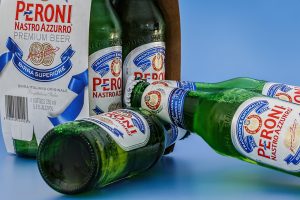
Milk and juice cartons
You depend on reliable packaging for milk and juice to keep products fresh and safe. Wet Strength Resins play a vital role in these cartons by helping the paperboard resist moisture and maintain its shape. You need packaging that holds up during storage, transport, and refrigeration. The industry classifies wet-strength paper by its dry strength retention. The following table shows how this applies to milk and juice cartons:
| Type of Wet-Strength Paper | Dry Strength Retention | Typical Applications |
|---|---|---|
| Low Wet-Strength | 15% – 70% | General food packaging, including milk and juice cartons |
| Medium Wet-Strength | 25% – 40% | Tea bags, medical packaging |
| High Wet-Strength | 40% – 70% | Industrial filter media, coffee filters, battery separators |
You see that low wet-strength paper meets the needs of most milk and juice cartons. This level of retention ensures your packaging remains strong, even when exposed to liquids.
Liquid food containers
You require containers that can handle direct contact with liquids. Wet strength technology helps you achieve this goal. You find the following types of liquid food containers benefit most from these advancements:
- Paper cups
- Trays
- Food wraps
You notice that these containers stay intact and functional, even after prolonged exposure to moisture. This reliability protects your products and enhances customer satisfaction.
Specialty packaging solutions
You often need packaging for unique or demanding applications. Specialty solutions use wet strength chemistry to deliver both durability and flexibility. The table below highlights how you can leverage these solutions:
| Application Type | Description |
|---|---|
| Packaging Materials | Used to create robust, moisture-resistant packaging materials, ensuring product integrity. |
| Labels and Tags | Ideal for labels and tags that require resilience in wet conditions. |
| Specialty Papers | Tailored solutions for specialty papers used in medical, food, and industrial applications. |
- Developed new repulpable wet strength chemistry that shows good wet to dry strength properties.
- Allows for repulping broke, reducing mill repulping costs without sacrificing results.
Wet strength chemicals remain critical additives in papermaking for various grades, including tissue and specialty papers. You can optimize performance by considering the type of recycled fiber and other additives in your process.
Amazon Chemicals’ Wet Strength Solutions
Product highlights
You want Wet Strength Resins that deliver consistent results and support your production goals. Amazon Chemicals offers a range of solutions designed to meet the demands of modern papermaking. You benefit from products that improve both wet and dry strength, giving your packaging board superior durability. These resins work well in neutral papermaking processes, so you can maintain efficiency without changing your workflow. You also gain peace of mind knowing the products are non-toxic and safe for various applications.
The following table summarizes the key features that set Amazon Chemicals apart:
| Feature | Description |
|---|---|
| High Efficiency | Products improve both wet and dry strength of paper. |
| Suitability for Neutral Papermaking | Suitable for neutral papermaking processes. |
| Non-Toxic | Safe for a wide range of applications. |
| Ease of Recycling | Easily recycled and do not damage paper or waste paper. |
| Water Filterability | Enhance water filterability, boosting papermaking efficiency. |
| Retention Rate | Increase retention rate of fillers and microfibers for better paper quality. |
Tip: You can optimize your production line by choosing resins that support recycling and improve filterability. This helps you reduce waste and increase output.
Support for sustainable and food-safe packaging
You face growing pressure to adopt sustainable practices and ensure food safety in your packaging. Amazon Chemicals supports these goals by providing Wet Strength Resins that meet strict safety standards. You can use these products in food and beverage packaging without worrying about harmful chemicals. The non-toxic formula protects your customers and aligns with global regulations.
You also contribute to sustainability by choosing resins that allow for easy recycling. This feature helps you reduce your environmental footprint and supports circular economy initiatives. You maintain high product quality while meeting the expectations of eco-conscious consumers.
Note: You can assure your customers that your packaging is both safe and environmentally responsible when you use Amazon Chemicals’ solutions.
Stronger Liquid Packaging Starts with the Right Wet Strength Resin
Choosing the right wet strength resin determines the success of your liquid packaging board. You need to match the resin to your specific application. Each product faces different challenges, from exposure to moisture to the need for high print quality. You must consider several factors before making your selection.
Start by evaluating your end-use requirements. For example, milk cartons need strong resistance to softening, while juice boxes demand excellent printability. You should also look for resins that maintain dimensional stability. This feature prevents warping or distortion when the board gets wet.
Stay updated with the latest advancements in papermaking technology. New wet strength additives can improve both durability and efficiency. You want a resin that offers high wet tensile strength and keeps your packaging intact during transport and storage.
The following table outlines key criteria you should review when selecting a wet strength resin:
| Criteria | Description |
|---|---|
| Evaluate End-Use Requirements | Tailor the wet strength treatment to the specific requirements of the end-use application. |
| Adopt Advanced Technologies | Stay updated with advancements in papermaking technology and wet strength additives. |
| Resistance to Moisture | Maintains structural integrity when wet, crucial for liquid packaging. |
| Wet Tensile Strength | Exhibits higher tensile strength when wet compared to regular paper. |
| Durability | More durable when exposed to moisture, suitable for applications where regular paper would weaken. |
| Dimensional Stability | Maintains dimensions better when wet, reducing distortion or warping. |
| Resistant to Softening | Does not become excessively soft when wet, important for food packaging integrity. |
| Printability | Retains print quality when exposed to moisture, suitable for printed packaging applications. |
| Chemical Composition | Often contains additives that enhance wet strength, impacting paper properties. |
Tip: You can boost your packaging’s performance by selecting a resin that aligns with your product’s unique needs.
When you choose Wet Strength Resins with these criteria in mind, you ensure your packaging stands up to real-world demands. You protect your products, reduce waste, and deliver consistent quality to your customers.
You gain reliable, high-performing liquid packaging when you choose Wet Strength Resins. These resins improve board durability by optimizing viscosity and surface tension, ensuring better resin flow and fiber saturation.
- You see fewer product failures and returns, which reduces costs over time.
- You meet growing demand for eco-friendly packaging as new biobased resins offer lower emissions and better compatibility with kraft paper.
| Application | Benefit |
|---|---|
| Tissue Paper | Tissues stay strong and effective when wet. |
| Packaging Materials | Packaging resists tears and leaks, protecting your products. |
As sustainability trends accelerate, you position your business for future growth by adopting advanced wet strength solutions.
FAQ
What is the main purpose of wet strength resins in liquid packaging board?
Wet strength resins help you keep packaging strong when exposed to moisture. You rely on these additives to prevent fiber breakdown and maintain product integrity.
Can you recycle packaging treated with wet strength resins?
Yes, you can recycle most packaging with modern wet strength resins. Some advanced formulas allow easy repulping, reducing waste and supporting sustainability goals.
Are wet strength resins safe for food and beverage packaging?
You use food-safe wet strength resins that meet strict safety standards. Manufacturers design these products to avoid harmful chemicals and comply with global regulations.
How do wet strength resins affect production costs?
| Benefit | Impact |
|---|---|
| Energy Savings | Lower energy use |
| Fiber Recovery | Less material waste |
| Transportation | Fewer shipments needed |
You see reduced costs and improved efficiency across your production line.

